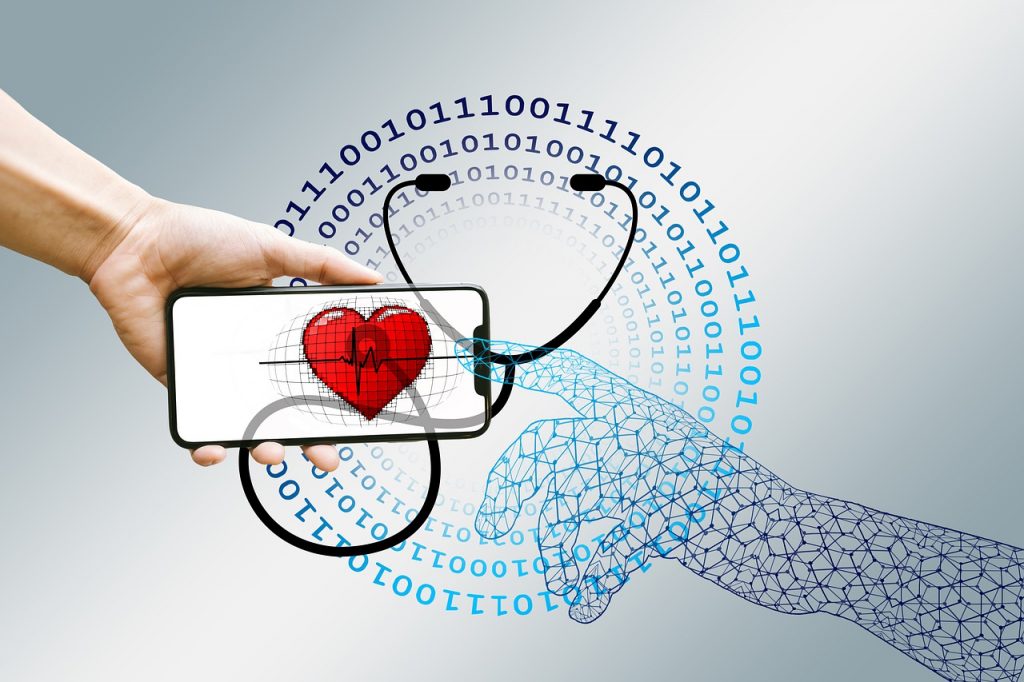A Game-Changer in Healthcare Access

GUEST POST from Art Inteligencia
In recent years, the advancement of technology has revolutionized various sectors, and healthcare is no exception. Telemedicine, the practice of using digital communication technologies to provide remote medical care, is rapidly emerging as a game-changer in enhancing healthcare access. By bridging geographical barriers and minimizing logistical challenges, telemedicine has the potential to transform the way we receive medical treatment. This article explores the rise of telemedicine and presents two case studies to demonstrate its impact on improving healthcare access for both urban and rural populations.
Case Study 1 – Urban Accessibility: Dr. Smith’s Virtual Clinic
In bustling urban areas, long wait times, traffic congestion, and limited availability of quality healthcare professionals tend to be common issues. Dr. Michelle Smith, a general practitioner based in a metropolitan city, recognized these challenges and decided to launch a virtual clinic utilizing telemedicine.
By leveraging video conferencing platforms and mobile applications, Dr. Smith was able to connect with her patients remotely. Patients were able to schedule virtual appointments, receive consultations, and even share diagnostic reports or lab results with her through secure online platforms. To further personalize the experience, Dr. Smith integrated wearable devices and health monitoring tools to remotely track her patients’ vital signs and symptoms.
The implementation of telemedicine not only eliminated the need for patients to travel long distances, but it also reduced waiting times significantly. Additionally, Dr. Smith could effectively manage a larger patient base, providing healthcare services beyond the traditional office hours. As a result, her clinic experienced increased patient satisfaction, improved health outcomes, and reduced overall healthcare costs.
Case Study 2 – Rural Access Enhancement: The Texas Telehealth Initiative
In remote rural areas, access to healthcare services is often limited due to the scarcity of healthcare facilities and healthcare professionals. The Texas Telehealth Initiative demonstrates how telemedicine has tackled these challenges and improved healthcare access.
The initiative aimed to provide comprehensive healthcare services to rural communities across Texas through a network of telemedicine clinics. Patients living in isolated rural areas could now consult with specialists located in urban cities without the need for long journeys or expensive travel arrangements.
For instance, a patient suffering from a cardiological condition in a small town could remotely access a cardiologist in a big city for both diagnosis and treatment recommendations. Implementing high-definition video conferencing systems, medical professionals could examine patients virtually, review their medical history, and make accurate assessments. Moreover, real-time collaboration between specialists reduced the chances of misdiagnosis and improved treatment outcomes.
By reducing the barriers caused by geographical distance, the Texas Telehealth Initiative effectively enhanced healthcare access in rural communities. Patients who previously faced limited services or were compelled to travel long distances for specialized care could now receive top-notch medical attention from the comfort of their local clinic. This initiative undoubtedly resulted in improved patient outcomes, higher patient satisfaction, and reduced healthcare costs for both patients and healthcare organizations.
Conclusion
The rise of telemedicine presents a unique opportunity to transform healthcare access for vast numbers of individuals. As demonstrated by the aforementioned case studies, telemedicine offers immense potential in improving accessibility for both urban and rural populations. By leveraging digital communication technologies, healthcare professionals can overcome geographical barriers, reduce waiting times, and optimize the utilization of healthcare resources.
However, it is essential to ensure the responsible and ethical integration of telemedicine into existing healthcare systems. Policymakers, regulators, and healthcare providers must collaborate to establish clear guidelines, address privacy concerns, and tackle potential technical challenges. Only through careful planning and implementation can telemedicine truly transform healthcare access worldwide, making quality healthcare available to everyone regardless of their geographical location.
Bottom line: Futurology is not fortune telling. Futurists use a scientific approach to create their deliverables, but a methodology and tools like those in FutureHacking™ can empower anyone to engage in futurology themselves.
Image credit: Pixabay
![]() Sign up here to get Human-Centered Change & Innovation Weekly delivered to your inbox every week.
Sign up here to get Human-Centered Change & Innovation Weekly delivered to your inbox every week.

